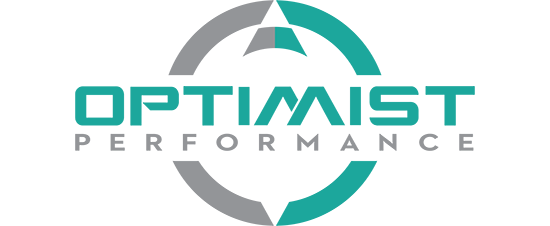Creating long-term and sustainable change within a business sometimes needs an approach that goes back to the very basics. Organisational structures provide the building blocks of every company. From sole trader to global conglomeration, every entity comes with its own working structure which lays out how each business organises its staff.
Having formal organisational structures in place helps outline how activities are directed in accordance with defined roles and responsibilities. These structures often determine how information flows between management levels and across different departments.
Organisational structures vary depending on factors such as the company’s stage of development, geography and the verticals they work across. They can range from hierarchical pyramids to virtually horizontal ones. Businesses can be organised across countries, sectors or divisions. They can be matrix-based with team members working across different projects or a networked structure which juggles subcontractors, freelancers and different locations.
Organisational structures according to Frederic Laloux
As well as expressing organisations in terms of their shape, Frederic Laloux takes a colourful look at how groups are structured in his book “Reinventing Organizations”.
Within the book, he uses colours to illustrate how organisations operate across different kinds of settings, from the Mafia to fast-moving consumer goods brands. Laloux says each of these structures is suited to the context within which it operates, with no one structure being better than the other. And there are advantages and disadvantages to each of the colours:
Red – structured around a strong leader (usually an alpha male) with subordinates jockeying for power. A red structure can be seen in wolf packs, street gangs and the Mafia.
Amber – organisations have both a pyramid structure and a clear chain of command with job titles defining people’s place within the hierarchy. Decisions are made by the upper levels with the lower levels following orders. Armies, governmental departments and the Catholic church are all amber organisations.
Orange – these still incorporate a pyramid structure but incorporate a greater degree of freedom which helps the organisation pursue greater innovation. Orange is the dominating organisational structure for market-leading brands including BMW, Nike and Coca-Cola. Despite its brightness, orange has a darker side – corporate greed, short-termism and reckless exploitation of planetary resources are side effects which are fast becoming difficult to ignore.
Green – while green organisations still operate with a pyramid and define staff functions, there is more of a focus on empowering front-line employees. The pyramid becomes inverted with managers at the top and middle encouraged to share power and control to become servant leaders. A green structure is used by ice cream company Ben & Jerry’s
Teal – these organisations are complex with distributed authority and adaptive systems. Teams are self-managing or are organised as decentralised networks. The static pyramid is replaced by a fluid hierarchy with power flowing towards those with the most expertise, passion or interest. Outdoor clothing company Patagonia is an example of a teal organisation.
The top five common roadblocks to performance
While there are differences in terms of the shape – or colour – of these organisations, there are also some commonalities. To achieve the best performance, your organisational structure needs to provide clear and open channels of communication, as well as opportunities for staff across different departments to collaborate to solve business issues.
Similarly, information needs to flow freely between layers, enabling managers to make informed decisions which are beneficial for the entire business.
Removing and redressing the barriers which impede information flow and communication within an organisation are therefore vital for its performance. The top five most common roadblocks to performance that Optimist Performance has identified are:
- Communication issues (both internal and external) which include ‘silo working’ where a company’s structure impedes the sharing of information between departments
- Company culture, including a lack of clarity about the organisation’s mission, values and purposes – all essential to creating a positive culture
- Issues surrounding change within companies (e.g. growth and mergers, restructure)
- Collaboration (between management layers, departments and team members)
- Internal business processes
Just as every company has an organisational structure which works best for them, it can also have its own complex and unique barriers which can impede communication and information sharing. We often see some of these top five roadblocks in companies which are experiencing and adapting to rapid or significant growth. This can be either in terms of onboarding a large intake of new hires or where companies merge with other companies with different cultures or ways of working.
The Optimist View…
Creating change as a driver for performance improvement requires both management and staff buy-in. It’s crucial to make sure that everyone is committed and involved in building structures and processes which will help embed longer-term plans for longer-term success.
At Optimist Performance, we create bespoke programmes designed to tackle each of the key roadblocks, prioritising the most pressing issue or issues that each individual business needs to solve. We work collaboratively to help a company establish new processes and ways of working to build positive behavioural change in the longer term, factoring in how a company will continue to hold itself accountable.
If you want to know more about how we can help you and your team, get in touch with us today.


